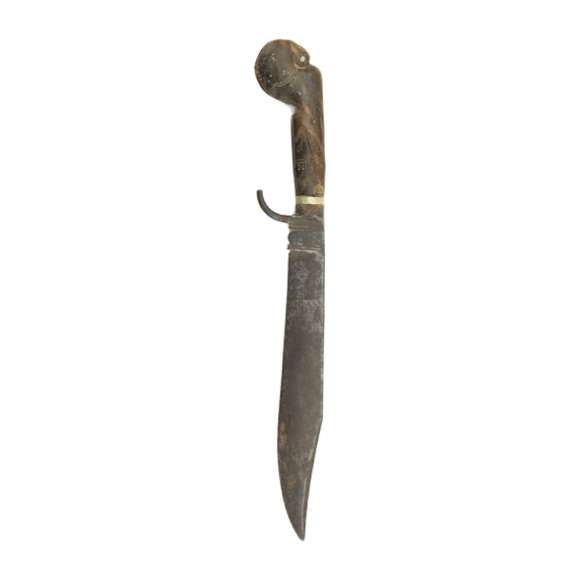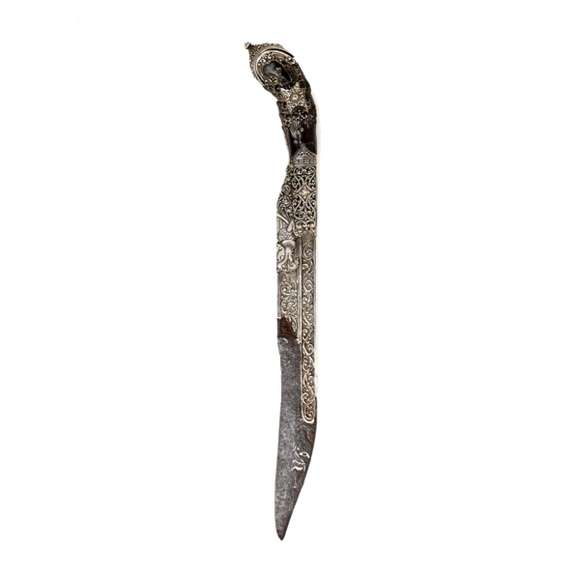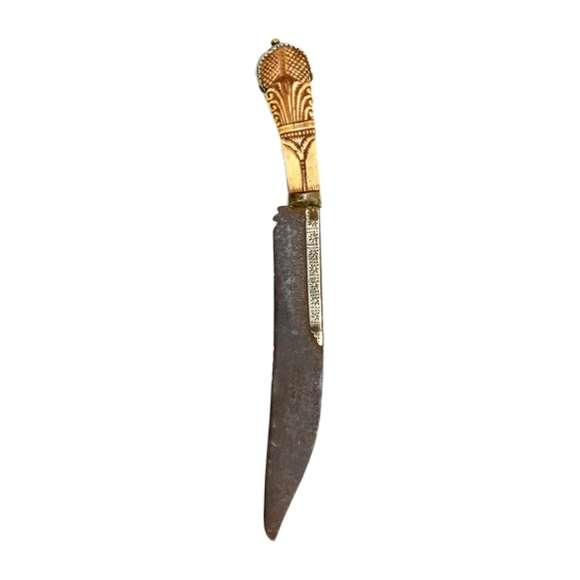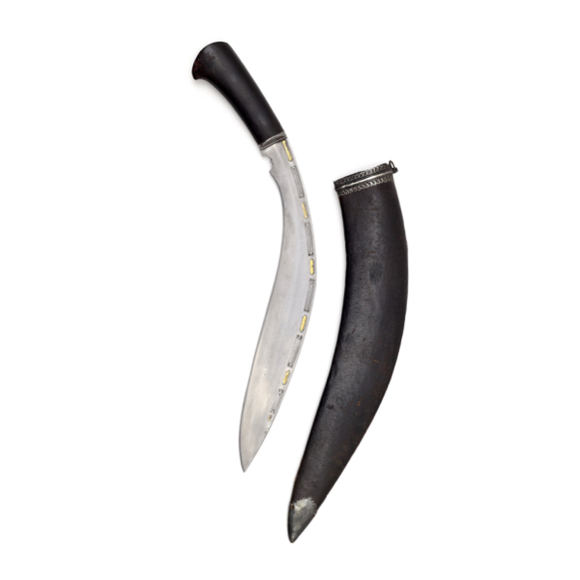Language: Sinhalese
Source: Standard literature
Description
Binduva (බිඳුව) or "drop, spot or speck" is the name for a Sinhalese decorative motif common in lacquer work that consists of diamond-shaped spots.1

Tani binduva or binduva lacquer work decoration on a Sinhalese cane.
Sold by Mandarin Mansion in 2020.
Coomaraswamy mentions a related pattern that called gal-bindu (බිඳුව) or "stone drops" which looks like this:
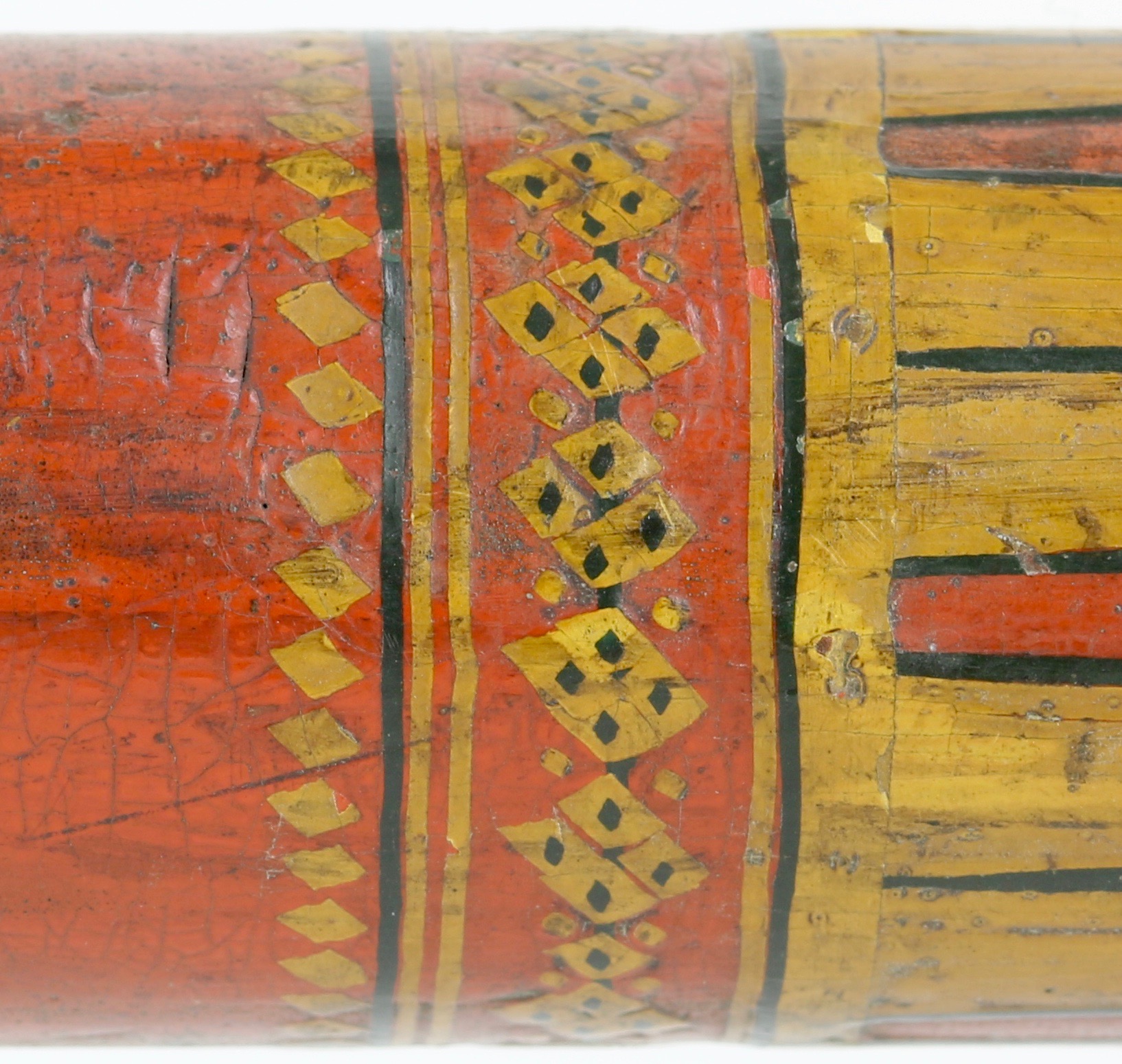
Gal-bindu lacquer work decoration on the shaft of a Sinhalese patisthānaya.
Sold by Mandarin Mansion in 2019.

The patisthānaya in full.
In a Sinhalese-English dictionary of 1892, bindu and binduva are said to be synonymous so perhaps the appearance of both patterns under different names in Coomaraswamy's work was unintentional.2
Overview of Sinhalese decorative lacquer work
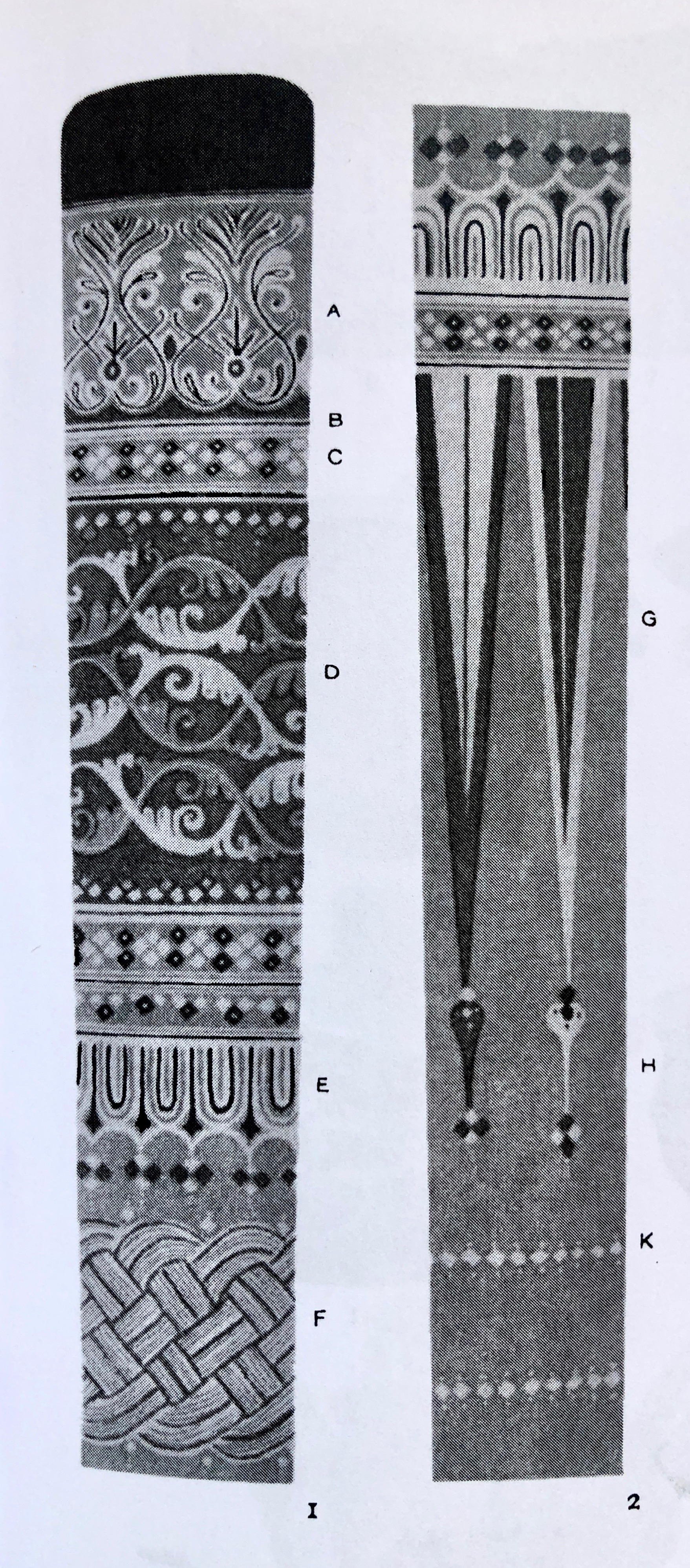
Upper part of a lacquered staff.
From colored drawings by Ethel M. Coomaraswamy.
The above image shows two sections of Sinhalese lacquered staffs. The decorative motifs are as follows:
A. Vẹlpota or pāhaḍe vẹlpota
B. Ādāra-koṇḍu
C. Gal-bindu (ගල් බින්දු) or mori binduva
D. Kola vẹla ("leafy branch") or kaḷas-dangaya
E. Pāhaḍe or palā peti
F. Lanu-dangaya
G. Patura
H. Bō-kola ("bō-leaf")
K. Binduva (බිඳුව) or tani binduva3
Further reading
Article: Sinhalese lacquer work
Notes
1. See Ananda K. Coomaraswamy; Medieaval Sinhalese Art, Pantheon Books, New York, Second Edition of the 1908 original, 1956. Page 216-217. For the definition of bin̆duva (බිඳුව) or "drops" see: Benjamin Clough; A Sinhalese-English dictionary, Wesleyan mission press, Colombo, 1892. Page 423.
3. Ananda K. Coomaraswamy; Medieaval Sinhalese Art, Pantheon Books, New York, Second Edition of the 1908 original, 1956. Explanation of plate XXIV.

